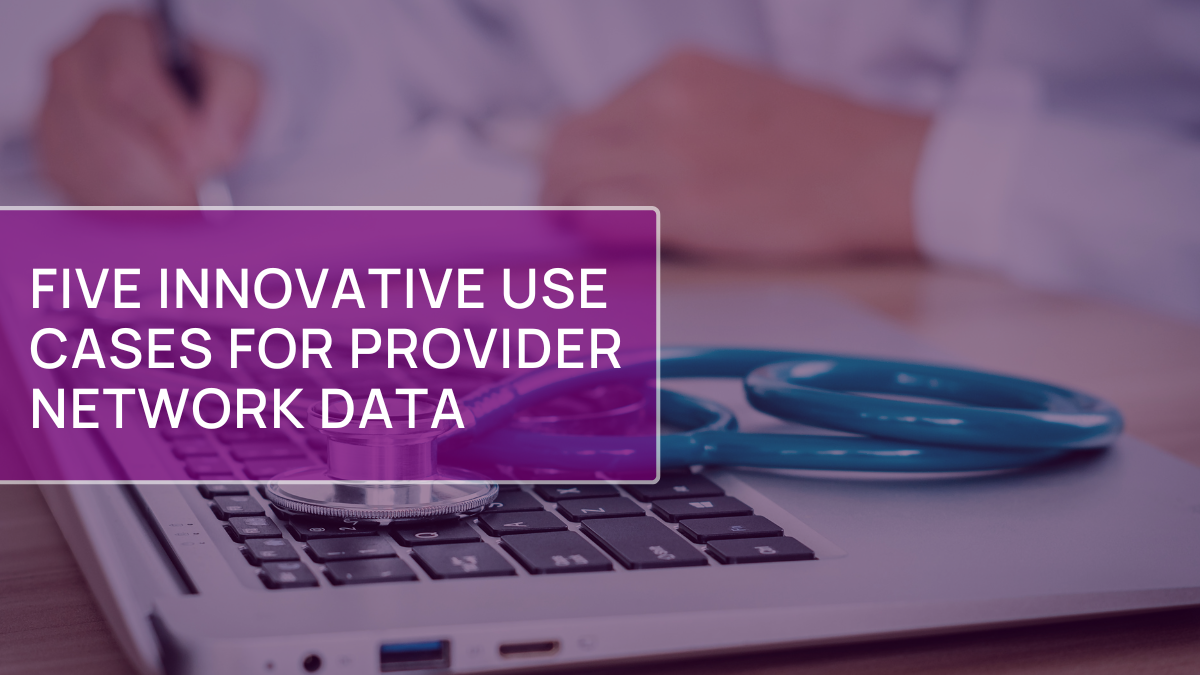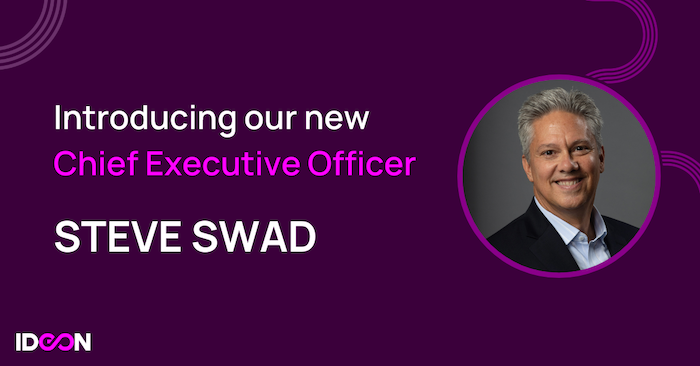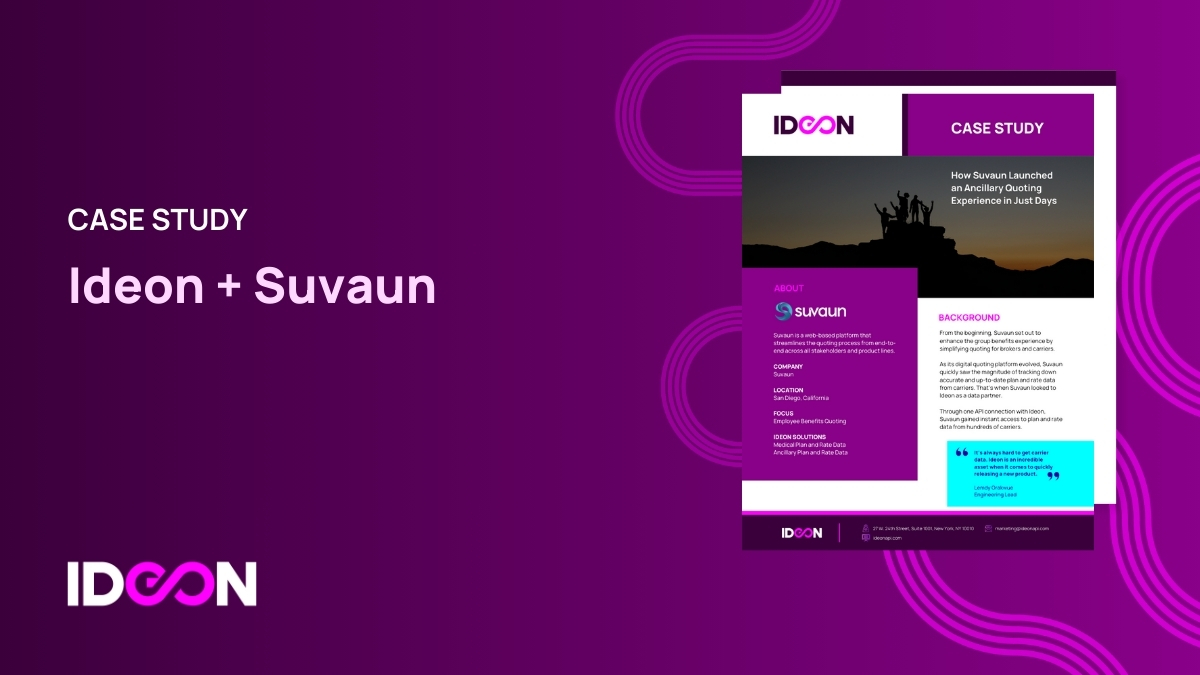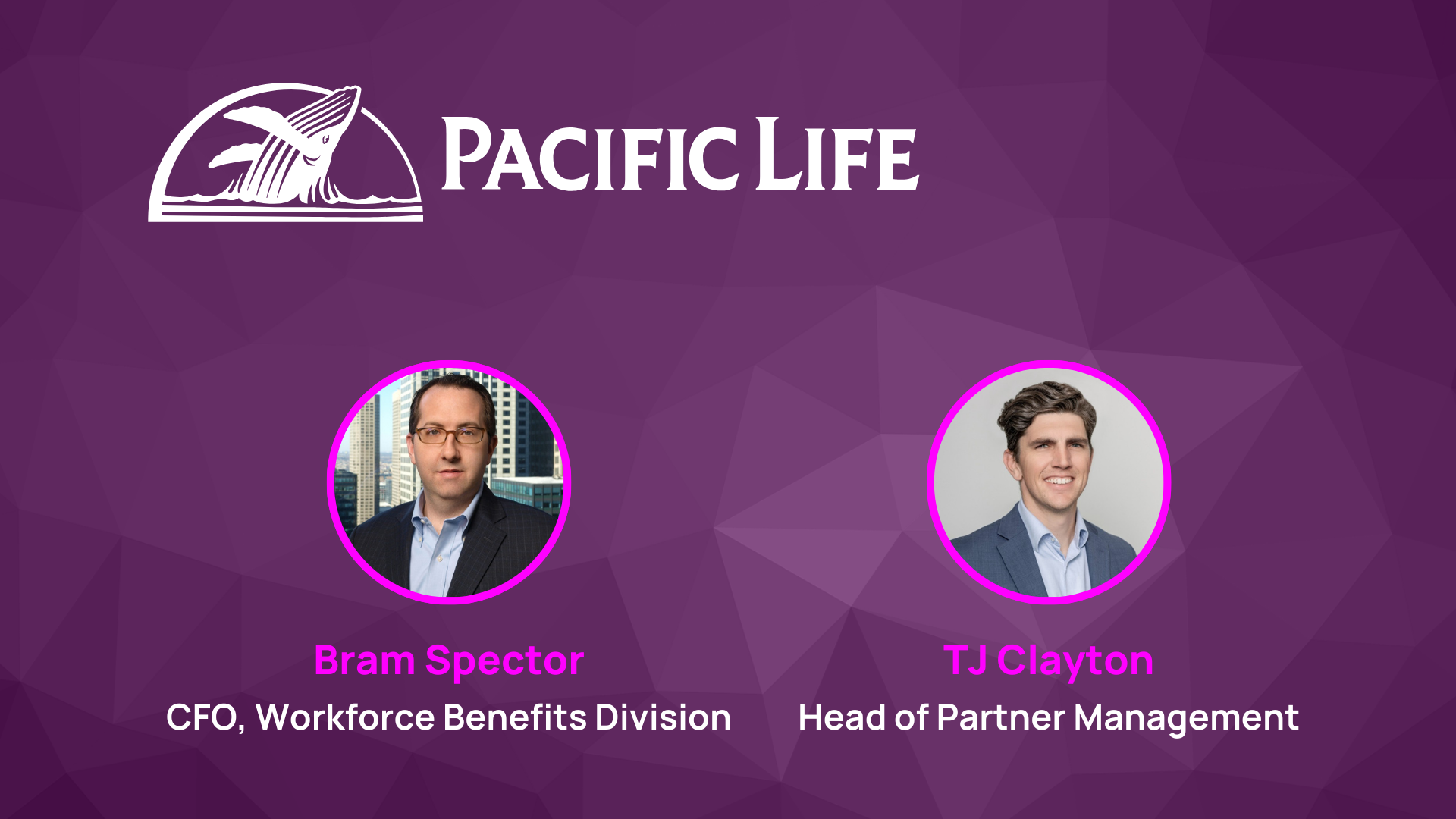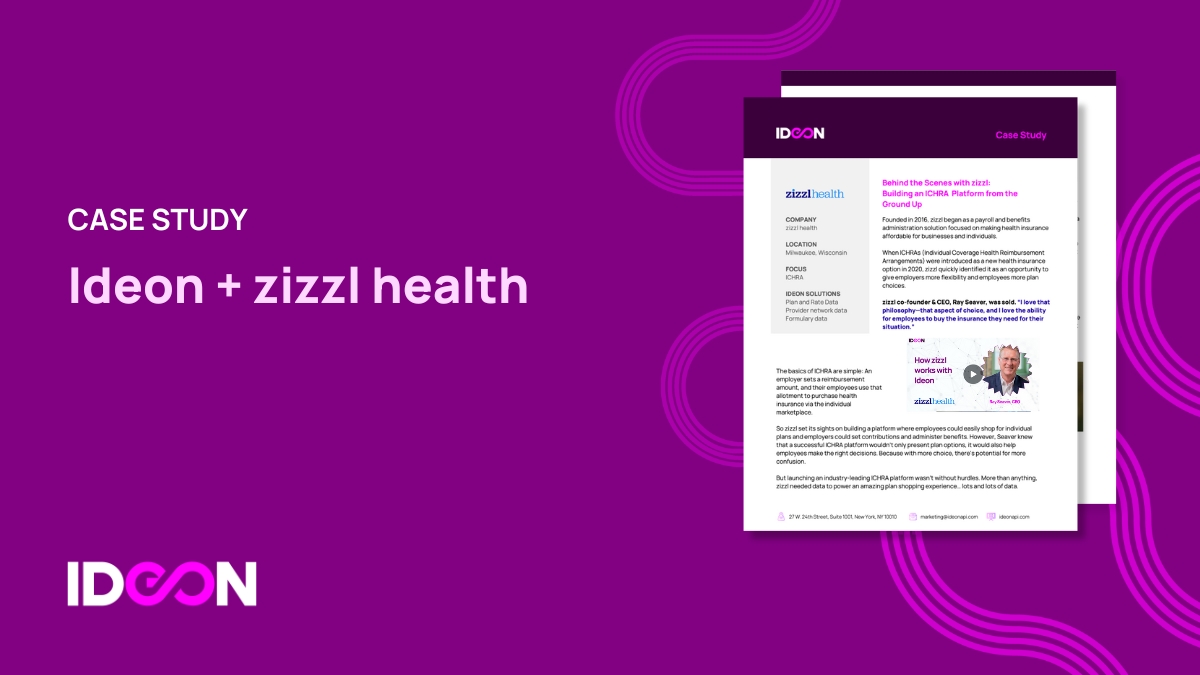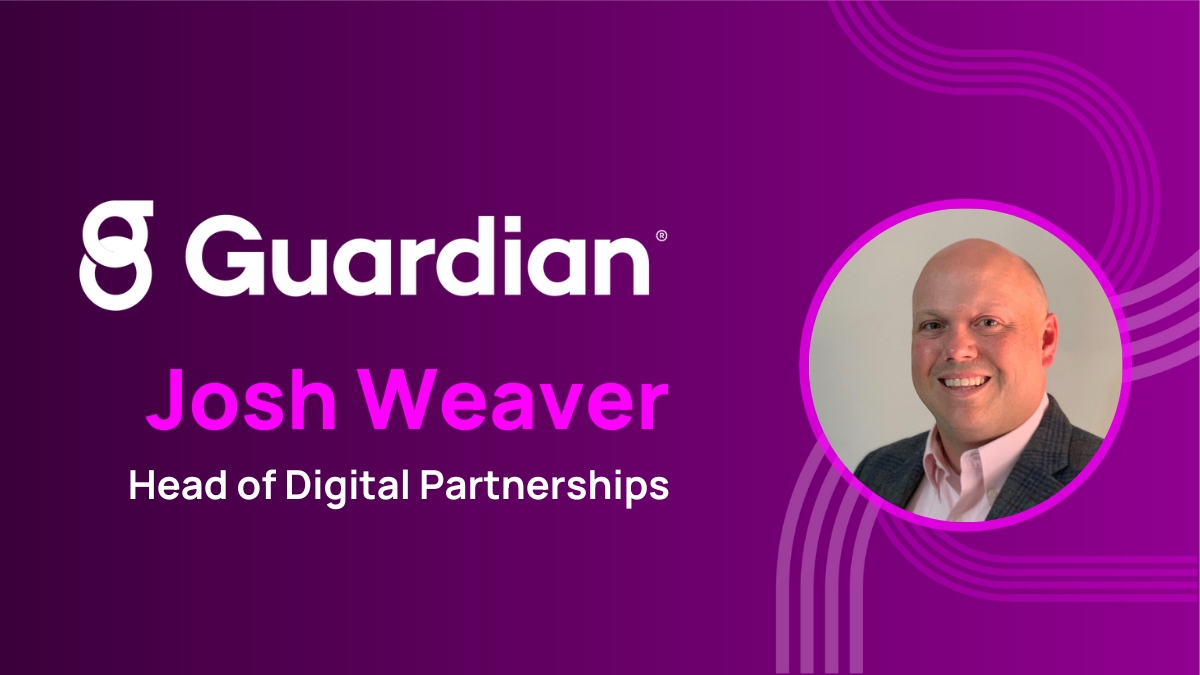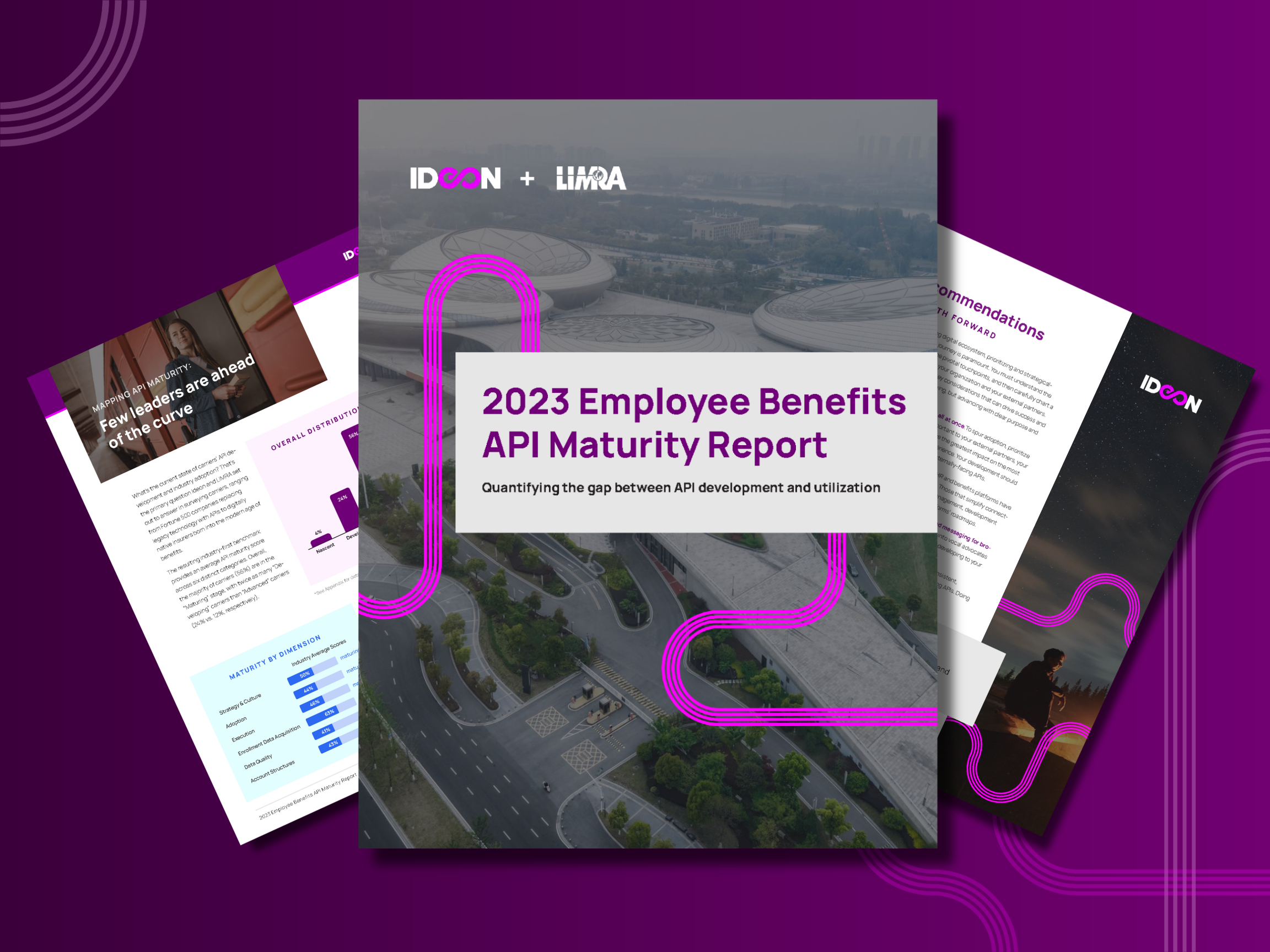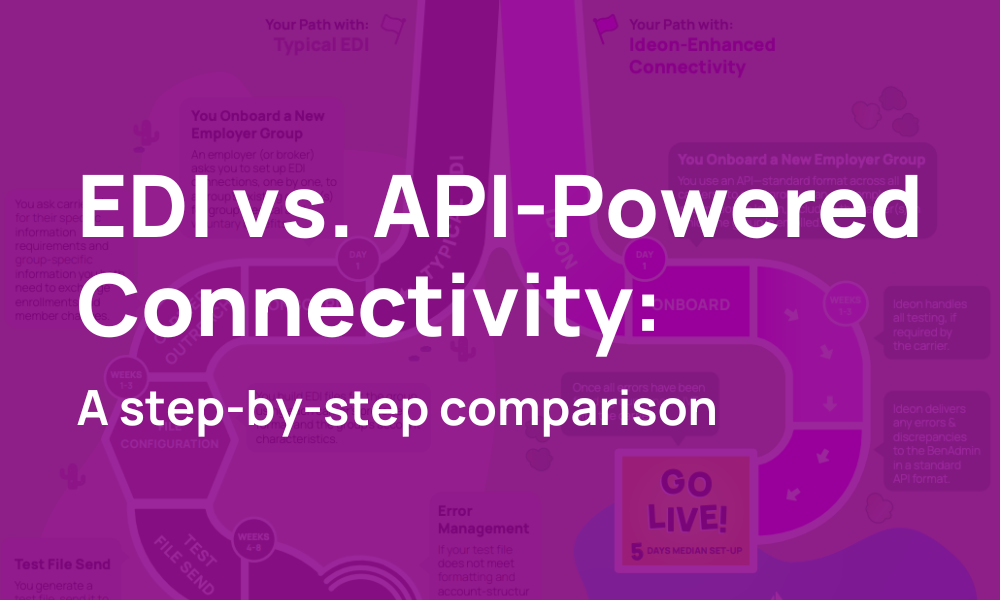Summary
Provider-network data is powering today’s most innovative health and benefits technology, from healthcare navigation and provider search apps to telehealth and analytics platforms.
Provider-network data is the backbone of today’s most advanced technology platforms and apps in the health and benefits space. From doctor search apps to appointment scheduling and healthcare analytics, countless digital experiences rely on this critical information to serve the needs of tech-savvy consumers and the modern workforce.
In this blog, we’ll explore five ways health and benefits innovators are leveraging provider-network data to deliver exceptional user experiences.
But first, what exactly is provider-network data?
At its core, provider-network data encompasses detailed information about doctors, facilities, hospitals, and other healthcare providers, along with the insurance networks they participate in. A comprehensive dataset includes:
- Name of provider
- NPI number
- Provider specialty
- Address of the provider
- Phone number
- Insurance networks in which the provider participates
- Hospital and physician group affiliations
- Whether the provider is accepting new patients
While this information is often available through insurance carriers’ provider directories, platforms can now access it more efficiently, from a single source like Ideon. Offering this data via an API makes it easier for technology companies to integrate it into their products.
As access to provider data has expanded, there’s been a surge in innovation within the digital health, healthcare navigation, and benefits technology industries. At Ideon, we’ve witnessed firsthand where this innovation is thriving, all rooted in better availability of high-quality data.
Below are five types of companies where provider data is driving significant advancements.
Healthcare and Benefits Navigation
Healthcare navigation platforms like HealthJoy, Healthee, and Castlight Health streamline understanding and utilizing employee health benefits. They offer easy access to insurance details, compare benefits options, and provide personalized recommendations, empowering employees to make informed healthcare decisions.
A standout feature is integrating provider-network data, simplifying the process of finding in-network doctors. Advanced tools like AI-driven chatbots use data to guide employees to quality, cost-efficient providers.
Plan Selection and Enrollment Support
Platforms like PlanSource and Benefitfocus simplify selecting health plans and benefits, making the enrollment process efficient and more informed for employees. These platforms allow users to compare health plans and benefits, helping them choose the best coverage based on clear, concise information.
Provider-network data plays a crucial role by guiding employees toward plans that include their preferred doctors, ensuring continuity of care. By incorporating this data, these platforms offer personalized plan recommendations tailored to employees’ healthcare needs.
Telehealth
Telehealth platforms such as Teladoc and Amwell have transformed healthcare access by enabling remote consultations with doctors and specialists. These platforms offer a convenient way to receive medical care via video calls, phone calls, or messaging, reducing the need for in-person visits and making healthcare more accessible.
Integrating provider-network data ensures users can consult with doctors covered by their insurance, avoiding unexpected costs and facilitating seamless care. And, if a referral to a hospital or specialist is needed, the telehealth platform directs care to in-network options.
Provider Search
Provider search apps like Zocdoc and Sesame are essential for finding and booking appointments with in-network healthcare providers. These user-friendly apps allow users to search for doctors by specialty, location, and availability, offering detailed provider information, including patient reviews and ratings.
For these platforms, provider-network data helps users find doctors who accept their insurance. This saves time and eliminates the frustration of out-of-network surprises, providing personalized search results.
Healthcare Analytics
Healthcare analytics platforms like Clarify Health offer crucial insights for better decision-making and health outcomes. By analyzing numerous healthcare datasets, these platforms empower health plans and other organizations to identify trends, predict outcomes, enhance care quality, reduce medical spend, and build the best networks.
* * *
Provider-network data is the foundational element driving all these user experiences, ensuring that platforms can deliver accurate and personalized information. Today, platforms no longer need to work with individual carriers or aggregate data from multiple sources. Instead, they can leverage partners like Ideon, which deliver provider-network data via a standard API. This streamlined access to up-to-date provider information enhances the ability of these platforms to deliver modern experiences to users.
Test the industry’s most accurate provider-network data
Digital health, healthcare navigation, and analytics platforms rely on Ideon for the highest quality provider-network data. Download a data sample below.
